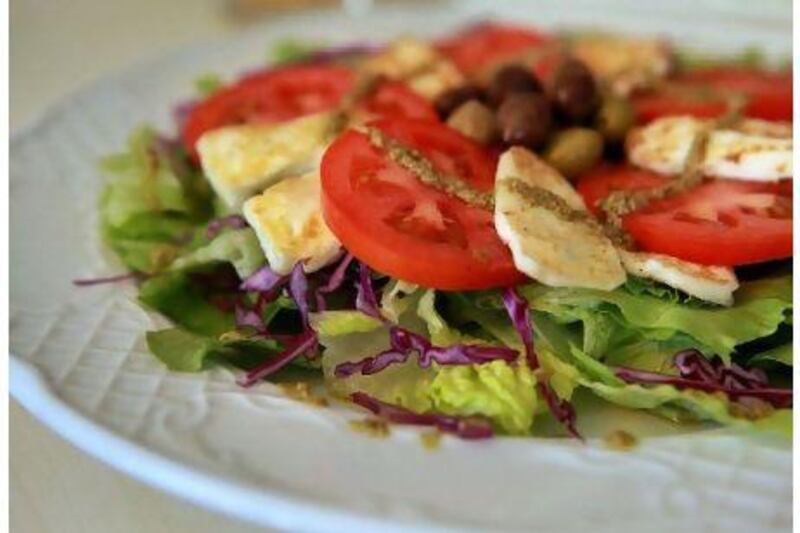It's a familiar story: scientists claiming to have found a gene that affects something we do, from overeating to smoking. They then trot out the line about how the research may be of benefit to patients in five to 10 years, and that's usually the last we hear of it.
But last week there was a telling new twist on this familiar storyline, with scientists finding the reverse: something we do that affects our genes.
For years, scientists have portrayed genes as the chemical instructions on our DNA that control some vital process or another. This makes genes seem like molecular dictators, determining everything from our eye colour to the height of our offspring.
Yet this is obviously nonsense. If genes really were as deterministic as that, identical twins really would be utterly identical - and they're not (their fingerprints are different, for a start).
Most telling of all, perhaps, more of those claims to have found genes "for" everything from IQ to obesity would be producing benefits by now.
The truth is it's not the existence of a gene that's important, but how it behaves. It is perfectly possible for identical genes to produce radically different outcomes depending on a host of factors, inside and outside the living cell.
And there is now mounting evidence that these "epigenetic" influences include the chemicals we put into our cells - in other words, what we eat. That in turn raises the intriguing possibility of dodging our supposed genetic destiny by changing our diet.
Hints of this have been circulating for years as odd links between genetic diseases and certain foods. For example, children born with the rare inherited disorder PKU have a malfunctioning gene that leads to mental retardation. If you believe in genetic determinism, then that's an end of it: have gene, have disorder.
But while nothing can be done about the presence of the faulty gene, it is possible to do something about the way it functions.
The gene prevents the breakdown of a natural compound in many foods known as phenylalanine, which then builds up in the body, causing brain damage. So this "ineluctable" disorder is circumvented by putting babies diagnosed with PKU on a diet that eliminates the phenylalanine at source, making the genetic defect irrelevant.
So could something similar be done with more common disorders? These need not only be clearly genetic diseases like Down's syndrome, either.
As those seemingly endless announcements suggest, genes have been implicated in some of the biggest killers of our age, including heart disease and cancer.
And again, hints that "genetic modification" by diet might be viable have been circulating for years. How else does one make sense of all the research pointing to a reduction in risk if we eat healthily?
Now the link between genes and diet come into sharper focus with an intriguing finding about cardiovascular disease, the collective name for such mass killers as heart attacks and strokes.
As any health insurer will tell you, cardiovascular disease runs in families, and finding the genes involved has long been a priority of medical research. Pinning them down has proved a tough job, however - and small wonder, as the link cannot be simple: witness the overweight offspring of heart attack victims living to ripe old ages.
While the gene hunters continue their mission, the best that doctors have been able to do is offer advice such as avoiding smoking, taking exercise and eating more healthily.
Exactly what this means has now been made clearer by research in the current issue of the online research journal Public Library of Science Medicine.
In 2007, a team of gene hunters made headlines by discovering a genetic flaw that boosts the risk of heart attacks by up to 60 per cent. This is no rare inherited problem either: studies suggest around one in five people carry some form of the 9p21 variant.
But as so often with such findings, many questions remained. The variant does not seem to be linked with known risk factors for cardiovascular disease, so how does it wreak such havoc? And if it's so common, how do so many people with it get through life just fine?
An international team led by researchers at McGill and McMaster universities in Canada suspected the answer might lie in diet, by modifying the expression of the variant, switching off its lethal nature.
To find out, the team compared the diets of more than 27,000 people and looked for links with the genetic flaw. They found that those carrying the 9p21 variant were at significantly higher risk of heart attacks and strokes - but only if their diet was poor.
Changing to a healthier diet made a big difference. Those people carrying the most dangerous type of the variant could reduce their risk back to that of the lowest-risk group simply through a change of diet - specifically one with more raw vegetables and fruit.
Heart disease may thus be the first clear case of where we can dodge our lethal inheritance through changing what we eat. But the researchers stress that will be only part of the answer.
Examining the genetics of those taking part in the study, they found the effects of diet seems to depend on ethnicity. Those from Latin America and south Asia benefited the most, while Arabs did not seem to benefit at all - and it is not clear why.
(There is some evidence that the 9p21 variant is not involved in determining heart-attack risk for Arabs, although the researchers caution this could be because their study did not include enough Arab subjects to detect any effect.)
As scientists always say in such situations, more research is needed.
But the emerging links between gene function and diet gives hope that we won't have to wait five to 10 years before we benefit.
newsdesk@thenational.ae
- Robert Matthews is visiting reader in science at Aston University, Birmingham, England






